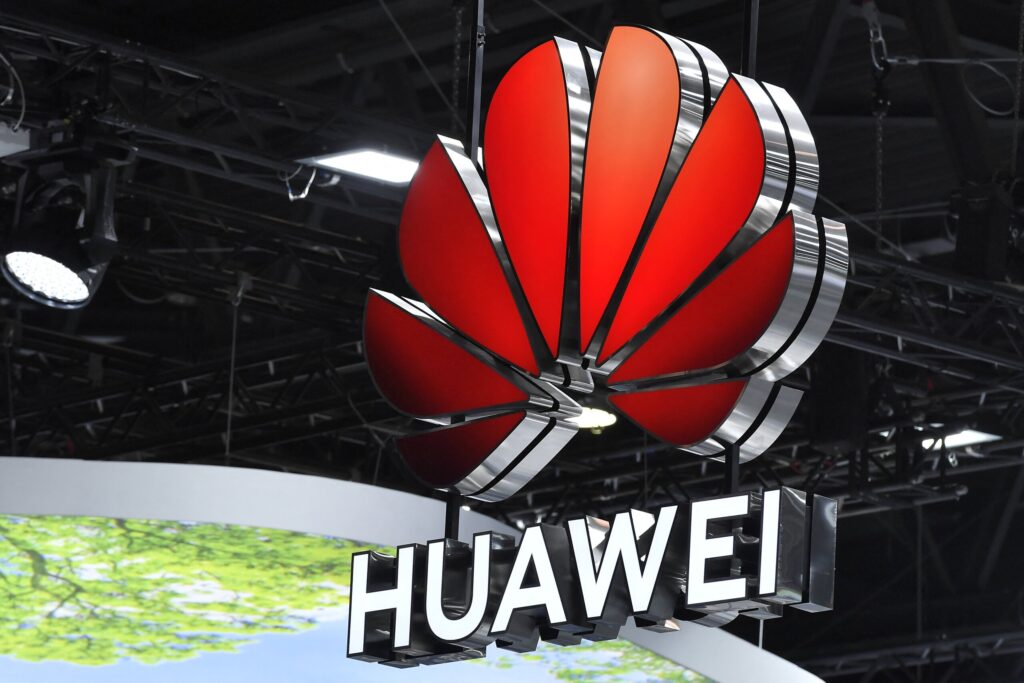Huawei’s AI capabilities have made a breakthrough in the form of the company’s Supernode 384 architecture, marking an important moment in the global processor wars amid US-China tech tensions.
The Chinese tech giant’s latest innovation emerged from last Friday’s Kunpeng Ascend Developer Conference in Shenzhen, where company executives demonstrated how the computing framework challenges Nvidia’s long-standing market dominance directly, as the company continues to operate under severe US-led trade restrictions.
Architectural innovation born from necessity
Zhang Dixuan, president of Huawei’s Ascend computing business, articulated the fundamental problem driving the innovation during his conference keynote: “As the scale of parallel processing grows, cross-machine bandwidth in traditional server architectures has become a critical bottleneck for training.”
The Supernode 384 abandons Von Neumann computing principles in favour of a peer-to-peer architecture engineered specifically for modern AI workloads. The change proves especially powerful for Mixture-of-Experts models (machine-learning systems using multiple specialised sub-networks to solve complex computational challenges.)
Huawei’s CloudMatrix 384 implementation showcases impressive technical specifications: 384 Ascend AI processors spanning 12 computing cabinets and four bus cabinets, generating 300 petaflops of raw computational power paired with 48 terabytes of high-bandwidth memory, representing a leap in integrated AI computing infrastructure.
Performance metrics challenge industry leaders
Real-world benchmark testing reveals the system’s competitive positioning in comparison to established solutions. Dense AI models like Meta’s LLaMA 3 achieved 132 tokens per second per card on the Supernode 384 – delivering 2.5 times superior performance compared to traditional cluster architectures.
Communications-intensive applications demonstrate even more dramatic improvements. Models from Alibaba’s Qwen and DeepSeek families reached 600 to 750 tokens per second per card, revealing the architecture’s optimisation for next-generation AI workloads.
The performance gains stem from fundamental infrastructure redesigns. Huawei replaced conventional Ethernet interconnects with high-speed bus connections, improving communications bandwidth by 15 times while reducing single-hop latency from 2 microseconds to 200 nanoseconds – a tenfold improvement.
Geopolitical strategy drives technical innovation
The Supernode 384’s development cannot be divorced from broader US-China technological competition. American sanctions have systematically restricted Huawei’s access to cutting-edge semiconductor technologies, forcing the company to maximise performance within existing constraints.
Industry analysis from SemiAnalysis suggests the CloudMatrix 384 uses Huawei’s latest Ascend 910C AI processor, which acknowledges inherent performance limitations but highlights architectural advantages: “Huawei is a generation behind in chips, but its scale-up solution is arguably a generation ahead of Nvidia and AMD’s current products in the market.”
The assessment reveals how Huawei AI computing strategies have evolved beyond traditional hardware specifications toward system-level optimisation and architectural innovation.
Market implications and deployment reality
Beyond laboratory demonstrations, Huawei has operationalised CloudMatrix 384 systems in multiple Chinese data centres in Anhui Province, Inner Mongolia, and Guizhou Province. Such practical deployments validate the architecture’s viability and establishes an infrastructure framework for broader market adoption.
The system’s scalability potential – supporting tens of thousands of linked processors – positions it as a compelling platform for training increasingly sophisticated AI models. The capability addresses growing industry demands for massive-scale AI implementation in diverse sectors.
Industry disruption and future considerations
Huawei’s architectural breakthrough introduces both opportunities and complications for the global AI ecosystem. While providing viable alternatives to Nvidia’s market-leading solutions, it simultaneously accelerates the fragmentation of international technology infrastructure along geopolitical lines.
The success of Huawei AI computing initiatives will depend on developer ecosystem adoption and sustained performance validation. The company’s aggressive developer conference outreach indicated a recognition that technical innovation alone cannot guarantee market acceptance.
For organisations evaluating AI infrastructure investments, the Supernode 384 represents a new option that combines competitive performance with independence from US-controlled supply chains. However, long-term viability remains contingent on continued innovation cycles and improved geopolitical stability.
(Image from Pixabay)
See also: Oracle plans $40B Nvidia chip deal for AI facility in Texas

Want to learn more about AI and big data from industry leaders? Check out AI & Big Data Expo taking place in Amsterdam, California, and London. The comprehensive event is co-located with other leading events including Intelligent Automation Conference, BlockX, Digital Transformation Week, and Cyber Security & Cloud Expo.
Explore other upcoming enterprise technology events and webinars powered by TechForge here.
